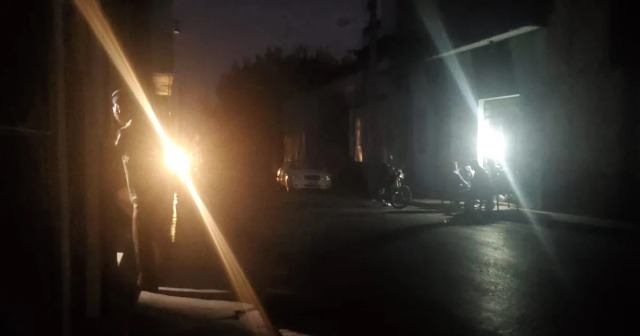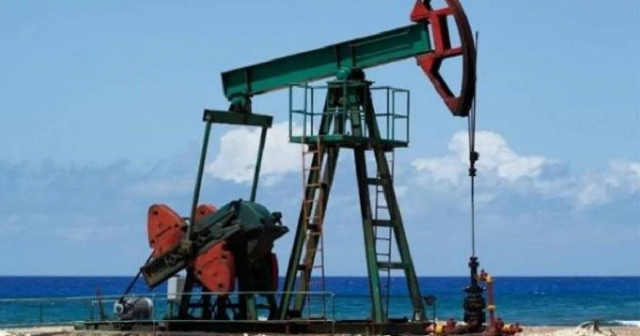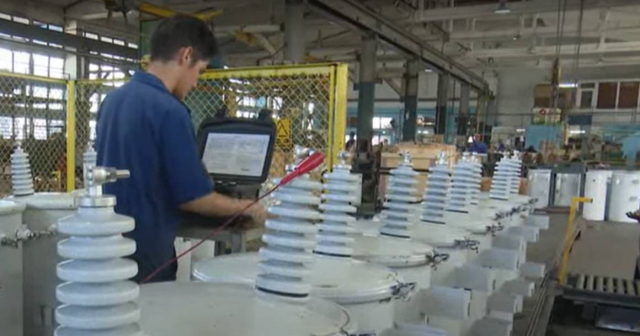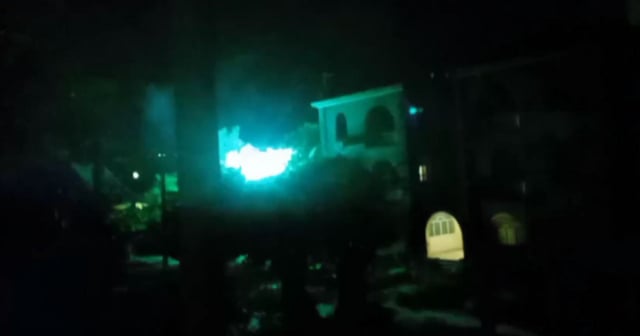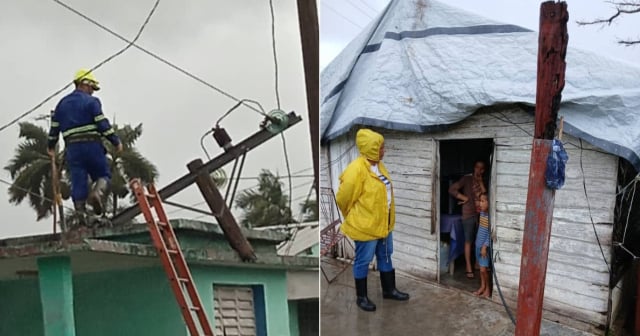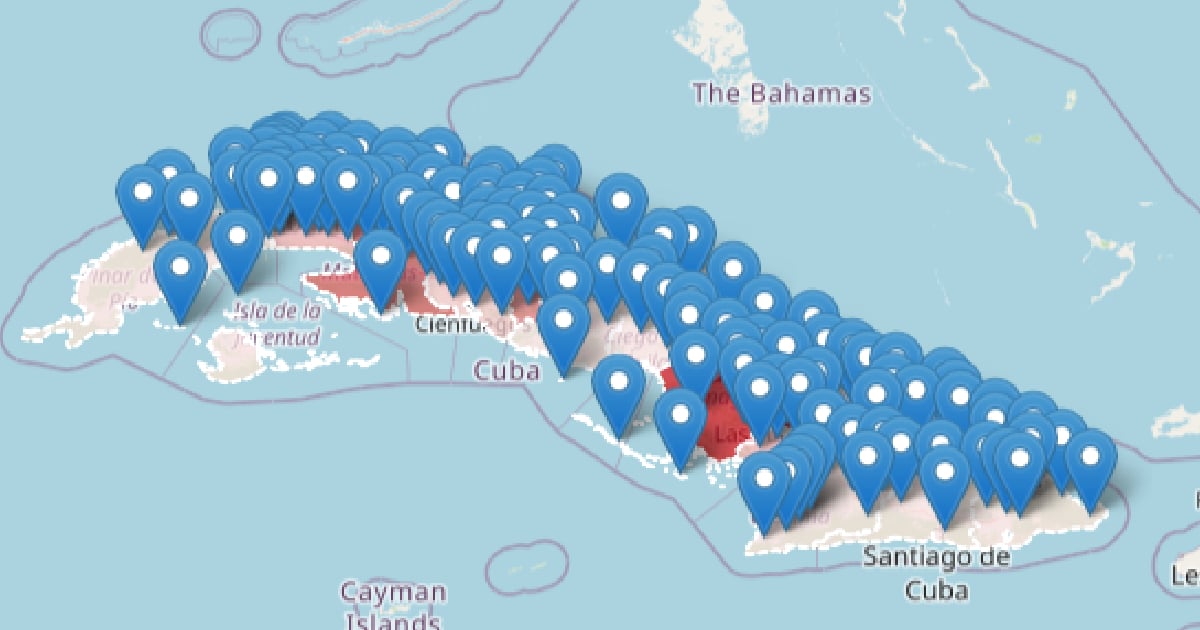
Most affected provinces and municipalities
Camagüey leads the list with a total of 219 reports, recording an average blackout duration of 7.5 hours. In the municipality of Camagüey, 110 power cuts were reported with an average duration of 7.8 hours. Other municipalities such as Santa Cruz del Sur and Guáimaro face even longer blackouts, with average durations of 8.5 and 12.1 hours, respectively.
In Matanzas, with 182 reports, the situation is not better. The provincial capital, Matanzas, records 89 blackouts, with an average duration of 7.4 hours. Unión de Reyes and Limonar stand out with longer durations, reaching up to 8.9 and 8.8 hours of power interruption, respectively.
In Granma, the duration of power outages is considerably high, with an average of 7.7 hours. Bayamo and Manzanillo are the most affected municipalities, reporting durations of 7.9 and 8.4 hours, respectively. A particularly severe case is that of the municipality of Yara, where a report indicated a blackout that lasted 15 hours.
Methodology of the blackout map
This data has been collected through a system developed by CiberCuba that analyzes comments and posts on social media. Using advanced techniques in artificial intelligence and semantic analysis, the system is capable of identifying and verifying reports of power outages, determining both their location and duration.
The interactive blackout map, available on our website, allows for a clear and detailed visualization of the distribution of power outages across the country. The blue markers indicate the location of each report, while the background color of the provinces varies according to the average duration of the outages: darker shades represent longer durations.
Impact of power outages on daily life
The prolonged power outages continue to be a constant concern for Cubans, affecting everything from daily activities to the local economy. The duration and frequency of these blackouts worsen the already difficult energy situation in the country, in a context where the demand for electricity far exceeds the available supply.
CiberCuba will continue to monitor the situation and update the interactive map with the latest information provided by our users. We invite you to check the map and share your reports to help keep everyone informed about this crucial issue.
Blackouts in September
In September 2024, the energy crisis in Cuba intensified, with blackouts severely affecting the population in various provinces, including Havana, Camagüey, Matanzas, and Granma. Since the beginning of the month, the situation has been marked by an increase in the frequency and duration of power outages, leading to deep discontent among citizens.
The month began with a forecast of blackouts that would persist throughout September. On the 2nd, a day of blackouts was reported across the country, exacerbated by breakdowns in several thermoelectric units. These blackouts were unevenly distributed among the provinces, leading to criticism of the government for what is perceived as preferential treatment towards Havana, where the outages were less prolonged.
On September 5, a blackout in Havana left several municipalities without water due to a breakdown in the supply facilities, highlighting the interconnection between the energy crisis and basic services on the island. By September 11, the situation in the Cuban capital remained critical, with multiple municipalities affected by power outages due to failures in the distribution systems.
As the month progressed, blackouts intensified. On September 15, the Cuban Electric Union forecasted outages close to 900 MW, which confirmed the near-total collapse of the national electric power system (SEN). The situation was especially severe in provinces such as Camagüey, Matanzas, and Granma, which faced blackouts of up to 12 hours.
On September 18, the crisis reached a new peak with reports of over 1,000 MW of deficit, affecting several provinces and causing deep discontent among the population. Despite the arrival of generators donated by China, the situation showed no signs of improvement. By September 20, blackouts continued in various provinces, including Villa Clara and Camagüey, where power outages lasted for more than 10 hours.
Finally, on September 26, the energy crisis in Cuba worsened even further, with a deficit of more than 800 MW that left a large part of the country without electricity during peak hours. Breakdowns in thermoelectric plants and a lack of fuel were the main causes of these blackouts, which continued to severely affect the daily lives of Cubans.
What do you think?
COMMENTFiled under:

